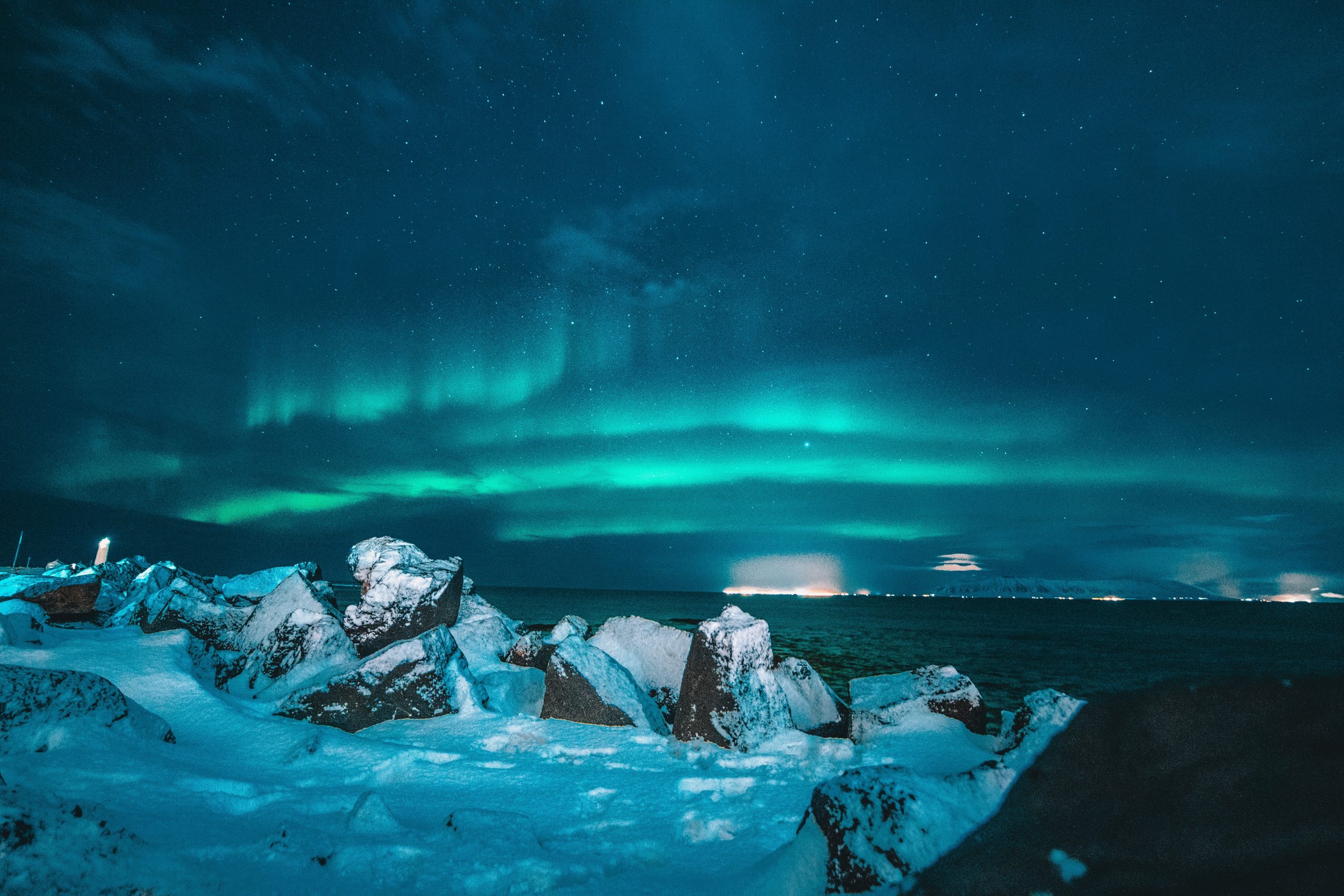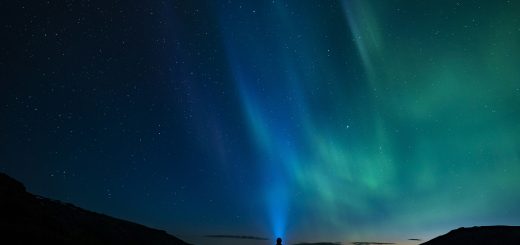How Do Animals Survive in Extreme Climates?

Before diving in, please note: This post is for informational purposes only. If you’d like to know more about how we approach topics, feel free to check out our friendly Disclaimer Page.
Hey there, amazing readers! 🖐️ Just a quick note: yes, we know there are a lot of ads here. Trust us, we get it—it’s not the prettiest look, but they help us keep this blog alive and kicking. Those pesky little ads cover the costs of all the behind-the-scenes magic, from hosting and tech stuff to creating content we hope you’ll love.
We’re committed to delivering quality posts, and your support (even just sticking around despite the ads) means everything to us. So, bear with us, and thanks for helping us keep the good vibes rolling. Now, on to the fun stuff! 😉
TRANSLATE BUTTON AT THE END OF THE ARTICLE
A Quick Overview
When we think about animals and their habitats, we often picture fluffy bunnies in sunny meadows or majestic elephants roaming a savannah.
But what about those creatures that thrive in extreme climates?
How do they adapt to survive in places where temperatures can plummet or soar, where water is scarce, and where harsh winds whip through the air?
This article dives deep into the fascinating world of extreme animal survival strategies.
From polar bears in the Arctic to camels in the desert, let’s explore how nature equips its creatures to withstand some of the most challenging environments on our planet.
Introduction to Extreme Climates and Their Challenges
Extreme climates can be thrilling yet terrifying.
Think about it: blistering heat in deserts, bone-chilling cold in polar regions, and suffocating humidity in rainforests.
Each climate presents distinct challenges for wildlife, and animals must adapt to survive.
In deserts, animals endure soaring daytime temperatures that can push past 120°F (49°C).
Water is as rare as a needle in a haystack.
Meanwhile, in the Arctic, temperatures can dip below -40°F (-40°C), and the sun sets for months during winter.
That’s a lot of darkness and cold!
These conditions create a true test of resilience.
Animals face threats like food scarcity, dehydration, hypothermia, and predation.
They must innovate and evolve, using a combination of physical traits and behavioral adaptations to thrive in their specific environments.
In this article, we’ll explore how these adaptations play out in different climates and the creativity that nature offers.
Amazing Adaptations: Nature’s Survival Techniques
Nature is a master of innovation, equipping animals with awe-inspiring adaptations that help them conquer extreme environments.
Here are some survival techniques:
Physical Adaptations: These include changes in body structure, like thicker fur or blubber in cold climates and lighter fur or skin in hot ones.
Behavioral Changes: Animals may alter their activity patterns, hunting at night in deserts to avoid heat or hibernating in winter.
Physiological Mechanisms: Some species can adjust their metabolism, storing fat for energy or conserving water through unique kidney functions.
Coloration and Camouflage: Many animals use colors to blend into their environment, helping them avoid predators or sneak up on prey.
These adaptations are fascinating, showcasing how creatures cope with their surroundings.
The journey of survival in extreme climates is nothing short of a masterclass in evolution.
How Polar Bears Thrive in Frigid Arctic Conditions
Polar bears are like the unwitting kings of the cold.
These magnificent creatures have evolved to thrive in one of Earth’s most extreme environments.
Insulating Fur: Their thick fur traps air, providing warmth.
And get this: it’s not just the outer coat that’s impressive.
They also have a layer of fat, up to four inches thick, that further insulates them against the freezing temperatures.
White Coating: Their white fur helps them blend in with the snow, making them skillful hunters.
It’s like wearing a natural camouflage!
Discover "Dog Care: Learning How to Care for Your Furry Friend 🐾"
Large Paws: Their paws are huge, acting like snowshoes to distribute their weight on thin ice.
This way, they can walk without falling through.
Dietary Adaptations: Polar bears primarily eat seals, which they hunt by waiting near breathing holes in the ice.
Their keen sense of smell helps them locate these holes many miles away.
These adaptations don’t just keep polar bears warm; they also showcase their remarkable ability to thrive in a challenging ecosystem.
Their survival strategies are not just about adaptations but also about how they harmonize with their environment.
The Secrets of Desert Dwellers: Heat and Hydration
Let’s shift gears to the sweltering deserts, where survival is a whole different ball game.
Animals like camels, fennec foxes, and horned toads have developed specialized traits to cope with the heat.
Water Storage: Camels are iconic desert dwellers.
They store fat in their humps, which can be converted into water and energy when food is scarce.
It’s like having a built-in snack!
Nocturnal Habits: Many desert animals are nocturnal, meaning they come out at night when temperatures drop.
This clever strategy helps them avoid the harsh daytime heat.
Efficient Kidneys: Some animals, like the kangaroo rat, can survive without drinking water.
Their kidneys are incredibly efficient at retaining moisture.
Skin Adaptations: Animals often have thick, scaly skin that reduces water loss, keeping dehydration at bay.
In the desert, staying cool and hydrated is essential.
These adaptations highlight how life can thrive even in the most unforgiving conditions.
Camouflage: Nature’s Clever Trick for Survival
Camouflage is an impressive tool in an animal’s survival kit.
It’s like nature’s magic trick!
Animals use camouflage to blend into their surroundings, avoiding predators and sneaking up on prey.
Mimicry: Some species, like stick insects, resemble twigs.
This mimicry makes them nearly invisible to both predators and prey.
Changing Colors: Chameleons can change colors to match their environment.
This ability helps them hide from predators and communicate with others of their kind.
Seasonal Changes: Animals like the Arctic hare change their coats from brown in the summer to white in the winter, adapting to their surroundings for better camouflage.
Patterning: Animals like zebras have stripes that confuse predators.
The patterns can create an optical illusion, making it hard to focus on individual animals in a herd.
Camouflage isn’t just about hiding; it’s a sophisticated strategy that speaks to the creativity of evolution.
Animals cleverly use their surroundings to survive.
Migration: The Great Escape from Harsh Environments
Migration is a classic survival strategy.
Many animals embark on long journeys to escape harsh climates and find food or breeding grounds.
Seasonal Migration: Birds like the Arctic tern travel thousands of miles from their breeding grounds in the Arctic to warmer regions in the winter.
Herd Movement: Animals like wildebeests undertake massive migrations across the Serengeti, following rainfall and fresh grass.
This strategy helps ensure they have food and water.
Navigational Skills: Many migratory animals have incredible navigational abilities.
They use the sun, stars, and Earth’s magnetic field to find their way.
Diverse Routes: Some animals adapt their migration routes based on climate changes, seeking new habitats or food sources when their traditional routes become inhospitable.
Migration is a powerful testament to an animal’s adaptability.
It shows that sometimes, the best way to survive is to keep moving.
Hibernation: An Ingenious Strategy for Cold Winters
Hibernation is nothing short of a survival marvel.
During winter, when food is scarce, animals like bears and ground squirrels enter a state of hibernation to conserve energy.
Metabolic Slowdown: Hibernating animals lower their heart rates and body temperatures, significantly reducing their energy needs.
Fat Storage: Prior to hibernation, these animals consume large amounts of food to build up fat reserves that sustain them during the long sleep.
Reduced Activity: While hibernating, animals might wake occasionally, but they do minimal movement, conserving energy until spring.
Temperature Regulation: Some species, like the Arctic ground squirrel, can even enter a state of torpor, allowing them to survive the coldest months without freezing.
Hibernation is a brilliant strategy, allowing animals to endure periods of extreme cold and food scarcity, re-emerging when conditions improve.
Unique Features of Animals in Extreme Cold
Animals living in extreme cold have developed remarkable features that help them thrive.
Thick Fur or Blubber: Many species have evolved thick layers of fur or fat to insulate against the cold.
Small Extremities: Some animals have small ears and tails, reducing heat loss and helping them retain warmth.
Specialized Blood Vessels: Circulatory adaptations allow some animals, like reindeer, to keep their extremities warm while maintaining a cooler core temperature.
Grooming Behaviors: Animals like polar bears frequently groom their fur to maintain insulation and waterproofing.
These adaptations prove that survival in extreme cold requires a blend of anatomical, behavioral, and physiological cleverness.
Water Conservation Techniques in Arid Conditions
In arid environments, water is a precious commodity that creatures must conserve wisely.
Efficient Metabolism: Some animals break down fat for energy, producing water as a byproduct.
Behavioral Adaptations: Many species are active during cooler parts of the day, like dawn and dusk, to minimize water loss through evaporation.
Specialized Kidneys: Animals like camels and kangaroo rats have kidneys that concentrate urine, allowing them to retain more water.
Food Choices: Many desert animals consume moisture-rich foods, such as succulents or fruits, to supplement their water intake.
These strategies reflect the resourcefulness of life in extreme conditions, showcasing how vital water conservation is to survival.
The Role of Social Behavior in Survival Strategies
Social behavior can play a significant role in how animals survive in extreme climates.
Cooperative Hunting: Wolves and lions often hunt in packs, increasing their success rate while hunting in harsh conditions.
Group Living: Many animals, like meerkats and elephants, live in groups, which offers protection and increases the chance of survival for each member.
Communication: Social animals utilize vocalizations, body language, and even facial expressions to convey warnings about predators or coordinate movements.
Shared Resources: In harsh environments, animals may share food and water sources, ensuring that more individuals survive during tough times.
Social behavior adds another layer of strategy to survival, demonstrating the importance of community in extreme habitats.
Climate Change: New Challenges for Adaptable Animals
As our planet warms and climates shift, animals face new hurdles.
Climate change complicates their survival strategies.
Habitat Loss: Many species are losing their natural habitats due to rising temperatures and changing landscapes.
Altered Migration Patterns: Animals that rely on specific cues for migration may find these cues changing, affecting their travel routes and timing.
Food Supply Disruption: With climate change, food sources may become scarce or shift to new areas, leaving some animals struggling to find sustenance.
Increased Competition: As some species migrate or adapt to new areas, they may compete for resources with local wildlife, putting additional strain on ecosystems.
Climate change poses challenges even for the most adaptable creatures.
It reminds us of the fragility of ecosystems and the importance of conservation.
Conclusion: Celebrating Nature’s Resilient Creatures
Our exploration of how animals survive in extreme climates reveals not only their remarkable adaptations but also the intricate web of life that sustains each species.
From polar bears to camels, these creatures embody resilience and creativity.
Together, they remind us of the beauty and diversity of our planet.
Understanding their struggles and triumphs encourages us to appreciate nature and protect these incredible adaptations for the future.
After all, in the grand tapestry of life, every thread counts—especially those woven in the harshest of climates.
So, let’s celebrate these resilient creatures and work to ensure their survival for generations to come!

The Enlightenment Journey is a remarkable collection of writings authored by a distinguished group of experts in the fields of spirituality, new age, and esoteric knowledge.
This anthology features a diverse assembly of well-experienced authors who bring their profound insights and credible perspectives to the forefront.
Each contributor possesses a wealth of knowledge and wisdom, making them authorities in their respective domains.
Together, they offer readers a transformative journey into the realms of spiritual growth, self-discovery, and esoteric enlightenment.
The Enlightenment Journey is a testament to the collective expertise of these luminaries, providing readers with a rich tapestry of ideas and information to illuminate their spiritual path.
Our Diverse Expertise 🌟
While our primary focus is on spirituality and esotericism, we are equally passionate about exploring a wide range of other topics and niches 🌍📚. Our experienced team is dedicated to delivering high-quality, informative content across various subjects ✨.
To ensure we provide the most accurate and valuable insights, we collaborate with trusted experts in their respective domains 🧑🏫👩🏫. This allows us to offer well-rounded perspectives and knowledge to our readers.
Our blog originally focused on spirituality and metaphysics, but we’ve since expanded to cover a wide range of niches. Don’t worry—we continue to publish a lot of articles on spirituality! Frequently visit our blog to explore our diverse content and stay tuned for more insightful reads.





